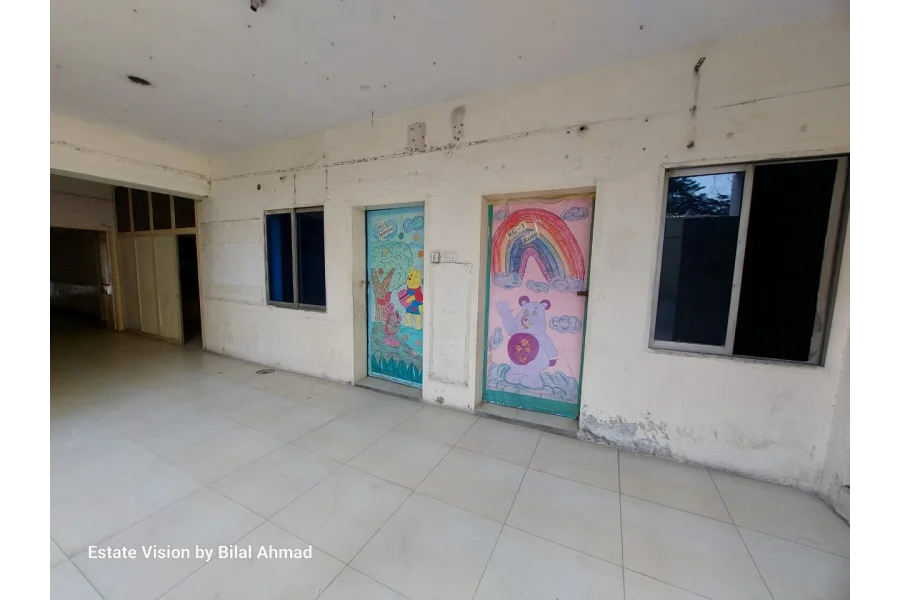Buildings




















Buildings are essential to human civilization because they provide homes, places of employment, cultural landmarks, and platforms for artistic expression. They represent the advancement, ingenuity, and ideals of the societies that build them and are much more than just tangible buildings. Buildings have always changed to satisfy human needs and desires, from historic stone monuments that narrate stories of past times to cutting-edge skyscrapers that push the limits of engineering. Buildings are at the nexus of sustainability and utility in the modern world. In addition to fulfilling their immediate function, they are made to help create a more intelligent and environmentally friendly future.
Buildings are generally categorized based on their purpose and design, each serving a unique role in society. This man-made s are used for a number of things, such as housing, employment, leisure, and cultural expression. They range in size and shape from basic homes and apartments to intricate skyscrapers and famous monuments. Buildings, which are usually made of steel, concrete, glass, and wood, offer a secure space for people to work. Every building, whether for public, commercial, industrial, or residential use, is designed to satisfy particular requirements. In addition to reflecting architectural innovation and technology breakthroughs, they are vital to society because they have an impact on how we live, work, and interact with our environment.
Types of Buildings
Buildings can be categorized according to their function and purpose, and they are crucial in forming our society. Each kind fulfills a distinct purpose and reflects the various facets of culture and human activities. The purpose of residential buildings is to give families and people a secure and comfortable place to live. These consist of townhouses, villas, single-family residences, and multi-story flats. The size and style of residential buildings frequently vary based on economic, climatic, and cultural considerations.
Energy efficiency, aesthetic appeal, and the incorporation of smart home technologies are all prioritized in contemporary house designs. Offices, retail establishments, shopping centers, hotels, and dining establishments are all housed in commercial properties, which serve businesses and services.
These structures have been thoughtfully planned to maximize both client satisfaction and functionality. To increase efficiency and lessen their impact on the environment, commercial architecture is increasingly incorporating features like open layouts, cutting-edge HVAC systems, and sustainable energy solutions. Schools, colleges, hospitals, libraries, government buildings, and community centers are examples of institutional structures that serve the public and societal needs. These buildings are made with purpose, safety, and accessibility in mind.
The Significance of Buildings
Buildings are more than just constructions; they are representations of history, culture, and advancement. The importance of buildings, whether they are contemporary skyscrapers or historic monuments, goes well beyond their outward appearance. They are symbols of human achievement that capture the ideals, innovations, and artistic expressions of their era.
Buildings have a significant impact on how our surroundings and everyday lives are shaped, whether it is a domestic residence providing comfort and security, a commercial structure supporting corporate expansion, or a public area encouraging community engagement. Knowing the value of buildings emphasizes how crucial they are to designing visually beautiful, useful, and sustainable environments that satisfy both practical demands and emotional bonds.
Structures play a crucial role in human existence by forming our cities, affecting our way of life, and expressing our shared identity. They act as centers of community, activity, and innovation that are always altering to accommodate the shifting demands of the world. Buildings serve as a tribute to human inventiveness and resiliency, whether they are used to preserve the past or to foresee the future.




